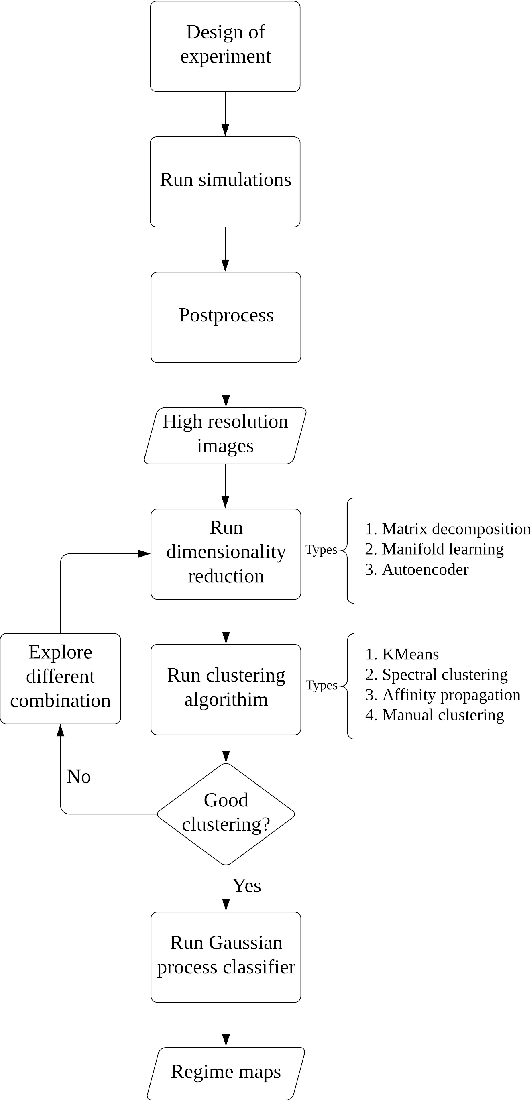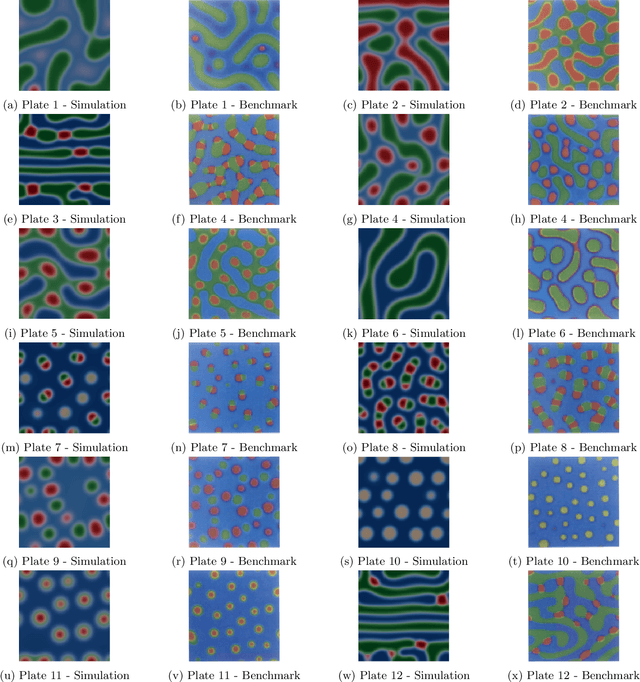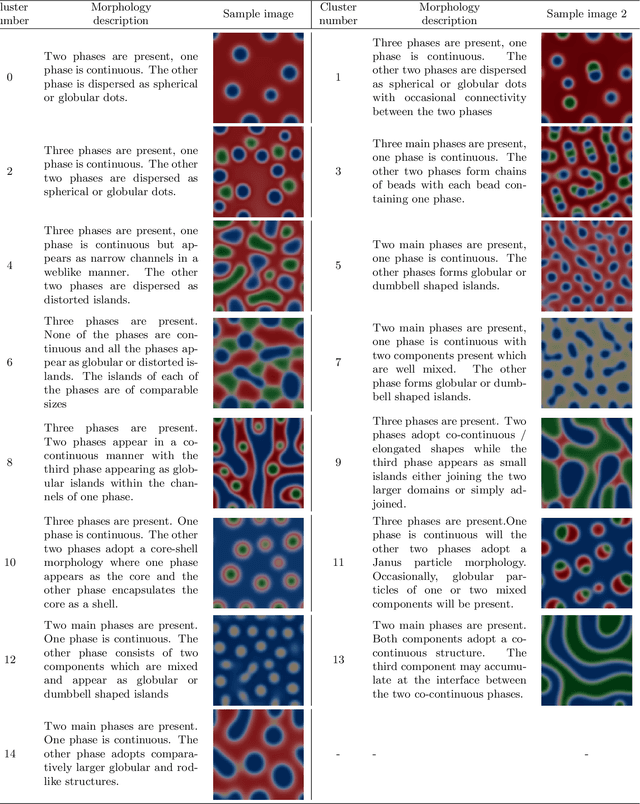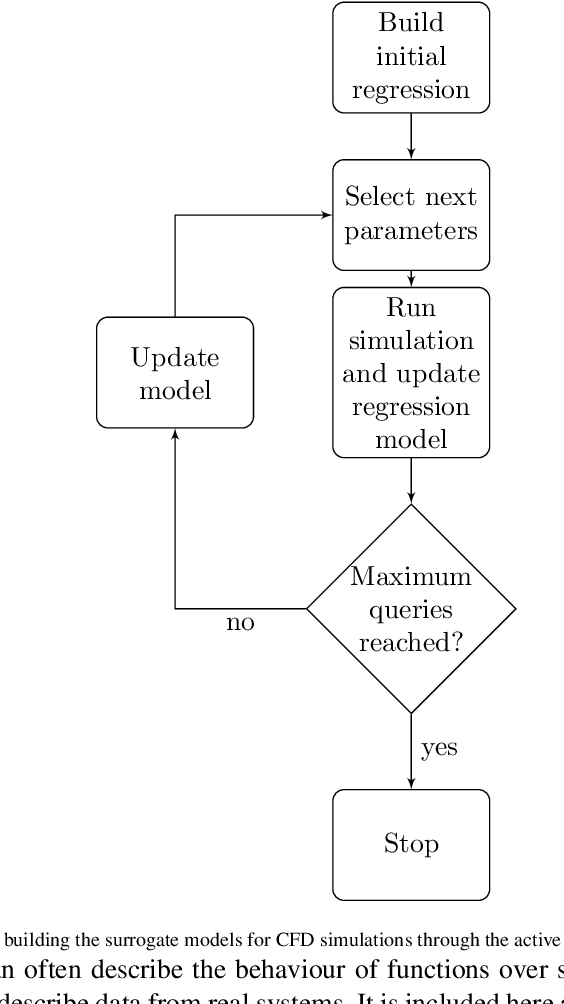Lachlan Mason
Data-Centric Engineering: integrating simulation, machine learning and statistics. Challenges and Opportunities
Nov 22, 2021

Abstract:Recent advances in machine learning, coupled with low-cost computation, availability of cheap streaming sensors, data storage and cloud technologies, has led to widespread multi-disciplinary research activity with significant interest and investment from commercial stakeholders. Mechanistic models, based on physical equations, and purely data-driven statistical approaches represent two ends of the modelling spectrum. New hybrid, data-centric engineering approaches, leveraging the best of both worlds and integrating both simulations and data, are emerging as a powerful tool with a transformative impact on the physical disciplines. We review the key research trends and application scenarios in the emerging field of integrating simulations, machine learning, and statistics. We highlight the opportunities that such an integrated vision can unlock and outline the key challenges holding back its realisation. We also discuss the bottlenecks in the translational aspects of the field and the long-term upskilling requirements of the existing workforce and future university graduates.
Numerical simulation, clustering and prediction of multi-component polymer precipitation
Jul 10, 2020



Abstract:Multi-component polymer systems are of interest in organic photovoltaic and drug delivery applications, among others where diverse morphologies influence performance. An improved understanding of morphology classification, driven by composition-informed prediction tools, will aid polymer engineering practice. We use a modified Cahn-Hilliard model to simulate polymer precipitation. Such physics-based models require high-performance computations that prevent rapid prototyping and iteration in engineering settings. To reduce the required computational costs, we apply machine learning techniques for clustering and consequent prediction of the simulated polymer blend images in conjunction with simulations. Integrating ML and simulations in such a manner reduces the number of simulations needed to map out the morphology of polymer blends as a function of input parameters and also generates a data set which can be used by others to this end. We explore dimensionality reduction, via principal component analysis and autoencoder techniques, and analyse the resulting morphology clusters. Supervised machine learning using Gaussian process classification was subsequently used to predict morphology clusters according to species molar fraction and interaction parameter inputs. Manual pattern clustering yielded the best results, but machine learning techniques were able to predict the morphology of polymer blends with $\geq$ 90 $\%$ accuracy.
Data-driven surrogate modelling and benchmarking for process equipment
Mar 13, 2020



Abstract:A suite of computational fluid dynamics (CFD) simulations geared towards chemical process equipment modelling has been developed and validated with experimental results from the literature. Various regression based active learning strategies are explored with these CFD simulators in-the-loop under the constraints of a limited function evaluation budget. Specifically, five different sampling strategies and five regression techniques are compared, considering a set of three test cases of industrial significance and varying complexity. Gaussian process regression was observed to have a consistently good performance for these applications. The present quantitative study outlines the pros and cons of the different available techniques and highlights the best practices for their adoption. The test cases and tools are available with an open-source license, to ensure reproducibility and engage the wider research community in contributing to both the CFD models and developing and benchmarking new improved algorithms tailored to this field.
 Add to Chrome
Add to Chrome Add to Firefox
Add to Firefox Add to Edge
Add to Edge